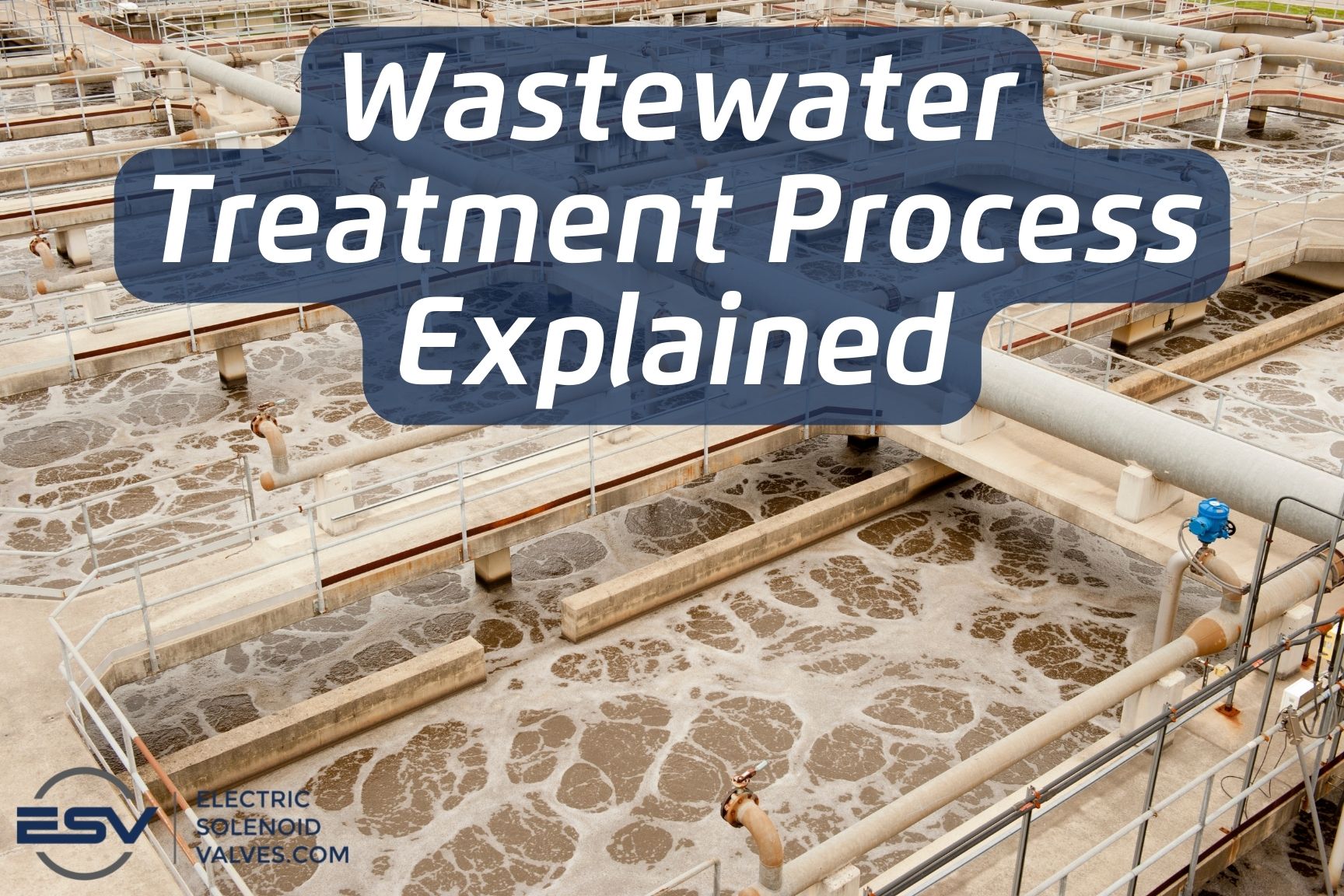Essential Steps in Local Waste Water Treatment Plants
Essential Steps in Local Waste Water Treatment Plants
Blog Article
Strategic Approaches to Enhance Drainage Treatment Performance and Reduce Environmental Impact
In the world of waste water therapy, the quest for boosted performance and decreased ecological impact is a continuous difficulty that demands strategic options. The integration of sophisticated treatment modern technologies, energy-efficient procedures, resource healing approaches, enhanced nutrient removal methods, and smart surveillance and control systems represents a multifaceted structure for dealing with these pressing issues.
Advanced Treatment Technologies
Cutting-edge membrane layer purification systems have actually revolutionized sophisticated wastewater therapy processes, substantially enhancing the removal of contaminants. These ingenious systems work forcibly water via a semi-permeable membrane, successfully dividing contaminations from the water stream. The membrane's microscopic pores catch pollutants such as germs, infections, and put on hold solids, allowing only detoxified water to go through. This innovation has actually shown to be very effective in getting rid of a wide variety of contaminants, consisting of pharmaceuticals, hefty metals, and natural compounds, which are often challenging to get rid of through conventional therapy techniques.
In addition, membrane filtration systems provide countless advantages over standard treatment techniques. In addition, these systems are very flexible and can be easily incorporated right into existing treatment plants or used as standalone devices for decentralized applications.
Energy-Efficient Procedures
The assimilation of energy-efficient processes in wastewater therapy systems is vital for optimizing resource utilization and lowering operational costs. One crucial method to enhancing power efficiency in wastewater therapy is the application of sophisticated aeration systems, such as great bubble diffusers or surface area aerators, which can boost oxygen transfer effectiveness and reduce power usage.
In addition, enhancing process control and automation via the usage of advanced sensing units and keeping an eye on systems can improve general energy performance by readjusting procedures in real-time based upon real demand and problems. Implementing energy audits and on a regular basis keeping an eye on power performance signs are vital methods to determine areas for improvement and track energy-saving initiatives properly. In general, the fostering of energy-efficient procedures in wastewater treatment not just benefits the environment however also contributes to lasting expense financial savings and functional sustainability.
Source Recuperation Strategies
With an emphasis on maximizing resource utilization and sustainability in wastewater therapy systems, the execution of source recuperation methods becomes a crucial element in improving functional effectiveness. Resource recovery methods in wastewater therapy entail the recognition and removal of beneficial resources from the waste stream, consequently transforming what was when taken into consideration waste into an important property. By implementing resource recuperation techniques such as nutrient elimination and recovery, power generation from raw material, and the production of multiple-use water, wastewater treatment plants can reduce environmental impact while maximizing performance.

Boosted Nutrient Elimination Methods
Implementing innovative nutrient removal methods is vital for optimizing the performance of wastewater treatment systems. One of the vital methods used click this site for boosted nutrient removal is the procedure of biological nutrient removal (BNR), which includes the elimination of nitrogen and phosphorus via biological procedures.

In addition to BNR, progressed treatment approaches such as membrane bioreactors (MBRs) and created marshes can also be utilized to boost nutrient elimination effectiveness. MBRs utilize membrane layers go to this web-site to attain high-quality effluent criteria by effectively getting rid of nutrients and put on hold solids. Constructed wetlands mimic all-natural wetland processes to eliminate nutrients with plant uptake, microbial task, and sedimentation. By integrating these advanced nutrient elimination techniques into wastewater treatment systems, municipalities and industries can effectively decrease nutrient air pollution and safeguard the setting.
Smart Surveillance and Control Equipment
Making use of cutting-edge innovation, the integration of wise monitoring and control systems transforms the functional performance of wastewater therapy centers. These systems integrate sophisticated sensing units and information analytics to constantly check vital criteria such as pH levels, turbidity, liquified oxygen, and flow rates in real-time. By gathering and evaluating this information, operators can acquire beneficial insights into the efficiency of the treatment procedures, allowing aggressive adjustments to maximize treatment performance.
Smart tracking and control systems likewise support remote monitoring abilities, allowing drivers to access real-time information and control functions from off-site areas. This remote availability improves functional flexibility and responsiveness, making it possible for quick interventions in instance of system malfunctions or changes in influent top quality. Moreover, the anticipating maintenance capacities of these systems assist protect against equipment failures and decrease downtime, ultimately improving the total dependability of wastewater therapy procedures (Waste Water Treatment).
Conclusion
In conclusion, critical approaches such as innovative therapy modern technologies, energy-efficient procedures, resource healing approaches, enhanced nutrient removal strategies, and smart surveillance and control systems play a critical function in enhancing wastewater treatment performance and minimizing environmental effect. By carrying out these strategies, wastewater therapy plants can boost their overall performance, lower energy intake, recover go to my blog important sources, and make sure compliance with environmental policies. These techniques are essential for effective and sustainable wastewater management techniques.

In verdict, critical techniques such as advanced treatment modern technologies, energy-efficient procedures, resource recuperation techniques, enhanced nutrient elimination methods, and wise tracking and control systems play a vital duty in boosting wastewater treatment performance and minimizing ecological impact.
Report this page